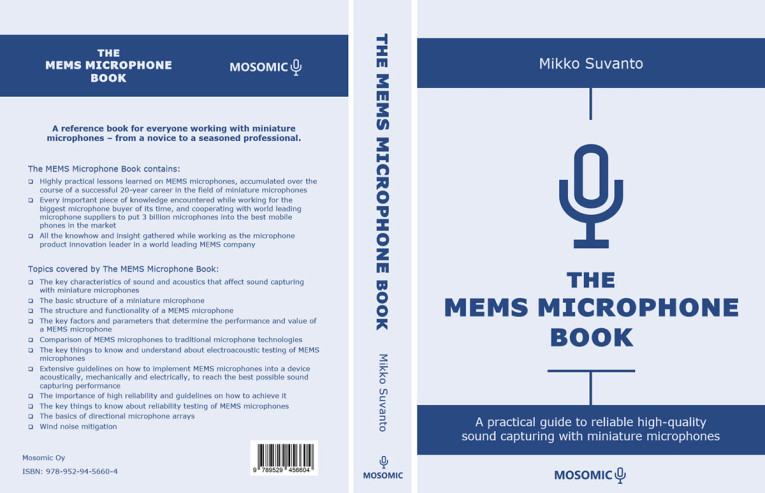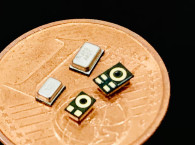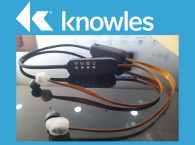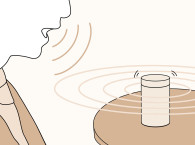MEMS microphones are today embedded in all the devices that we have learned to recognize as essential - in particular during these last two years, while forced to communicate with the world via Skype, FaceTime, or Zoom. MEMS microphones are the invisible devices that faithfully capture our voices in our notebooks, smartphones, and smart speakers, enabling a quality and level of convenience that would be impossible to imagine before 2005, when Knowles brought its SiSonic MEMS microphone to the market for use in cell phones. Later in 2006, Akustica launched the first single-chip digital-output MEMS microphone, designed to replace electret condenser microphones (ECM), then already a 50-year-old technology. Founded in 2001, Akustica perfected acoustic system-on-chip solutions based on the work of Dr. Ken Gabriel during his tenure at Carnegie Mellon University from 1992-1996.
I am quite certain that not many people expected to see MEMS microphones evolve to being used in measurement applications, for example. And I also bet that no one could see how quickly the MEMS microphone landscape would evolve since the product category emerged, particularly since 2010, with voice-enabled applications becoming so widespread.
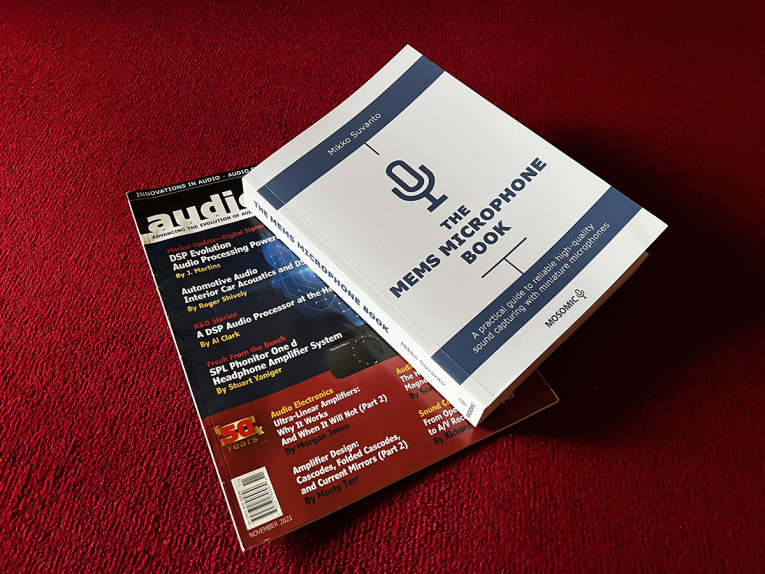
"This book took 21 years to make: the first 18 years was a time of figuring things out, listening to people smarter than me, and taking notes," Mikko wrote in his book foreword. "During my time dealing with microphones - first in the shoes of a customer buying components, then as a part of an organization that manufactures microphones, and now as an independent specialist - I have encountered quite a few things related to miniature microphones. I've reached a pretty good understanding of what they are, how they work, and how they should be used."
And he used that accumulated knowledge to fill the pages of his book. The MEMS Microphone Book, "A practical guide to reliable high-quality sound capturing with miniature microphones" (ISBN 978-952-94-5660-4) was released just last week, and Mikko kindly sent me a copy for review. I have spent quite a few hours this week exploring this fascinating work (which I hope I'll eventually take with me to read during some imaginary vacations). I decided that I should write about it here ASAP, because I believe that the work deserves attention and I'm confident enough on the quality of the content to recommend it to The Audio Voice readers. Mike Klasco also received his own copy, knows a lot more than I do about MEMS microphones, and will be writing a more technical review for audioXpress and the AES Journal.
When I started exploring the whole book, at first I was slightly surprised by its structure, with individual paragraphs and lots of bullets points. It’s like the whole book was written as an expanded index. This can be extremely practical in a reference book - which is exactly what this book is. As a magazine editor, this type of structure is the opposite of what we ask from authors: Use your own "voice," tell a story, don't use bullet points. In fact, bullet points are only allowed once per article, either to introduce talking points or for the summary. And I always recommend that authors convert those bullet points in another paragraph.
This book, is the opposite of that. It follows an encyclopedic structure, with countless entries and an infinite number of expansions for each entry. Which in a way makes it easier to explore, also because there's an excellent index and 10 pages of table of contents. I confess I was not familiar with the Mosomic MEMS YouTube videos (magazine editors are not allowed to spend time on YouTube...). Still, after reading the book's foreword notes I felt the need to explore the MEMS Microphone YouTube series (29 long episodes - but all well-structured and edited), and suddenly I could understand the book structure much better. The videos are the rehearsal. The book is the definitive reference.
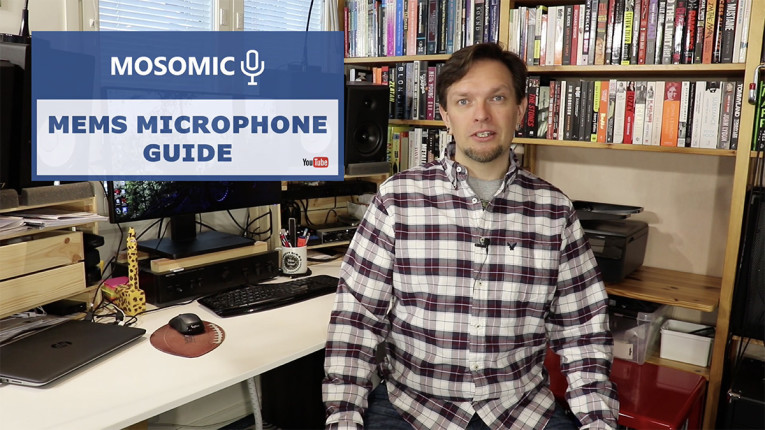
Well, considering the result, I would say it was a great accomplishment. The book is certainly enlightening in many ways, and it includes as much technical information as anyone working with MEMS implementations might need, while providing reading material for anyone interested in sound capture and microphone technology in general.
More important, in just two days of exploration, I could find a lot of information that I have never found elsewhere, detailing the differences between MEMS topologies, designs, interfaces, and strengths and weaknesses. Things I had not found anywhere else. Mikko was very aware of that. "Aside from microphone manufacturers' application notes, there aren't too many publicly available sources for practical knowledge about sound capturing with miniature microphones that teach you how to utilize them in real-life devices," he says in the book.
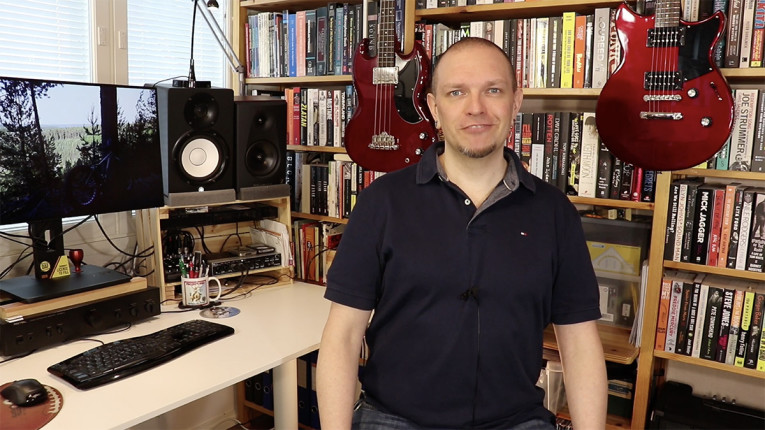
Any industry professional looking for guidelines on how to implement MEMS microphones to reach the best possible sound capturing performance will find the fundamental knowledge here. From my personal perspective I have greatly enjoyed what I could read in more general chapters covering the key characteristics that affect sound capture with miniature microphones, comparing MEMS microphones to traditional microphone technologies, wind noise mitigation, and even the basics of directional microphone arrays.
With more than 600 pages of content, the MEMS Microphone Book is a reference source for fundamental knowledge about this technology. I strongly recommend exploring all the content while it remains the most complete guide on the topic. I can assure Mikko Suvanto that the value of his work will remain thanks to his encyclopedic effort - even knowing that this is a fast-evolving field and that the technology has already advanced since the book file was sent to the printer.
The only thing I couldn't find in this book and that I missed is an historical perspective and timeline of the technology. I believe that would greatly benefit the work and help the reader situate the technical progression. Particularly because, while most of us will be catching up to absorb all the knowledge contained in this book, to be directly involved with the ongoing research and industry activity is the only way to fully understand what remains pertinent and what will soon be of pure historical value.
Probably because he understands this better than anyone else, and feels the need to remain up to date on the technology, since January 2022, Mikko Suvanto returned to Bosch Sensortec as Senior Product Manager. "So, it just so happens that I got a real job. I’m still contemplating the haircut. Sometimes, opportunities that cannot be passed present themselves. This is one of those occasions, just like Akustica was 10 years ago," he wrote recently on LinkedIn.
Order here: The MEMS Microphone Book at Record Shop X
This article was originally published in The Audio Voice newsletter (#364), February 17, 2022.



